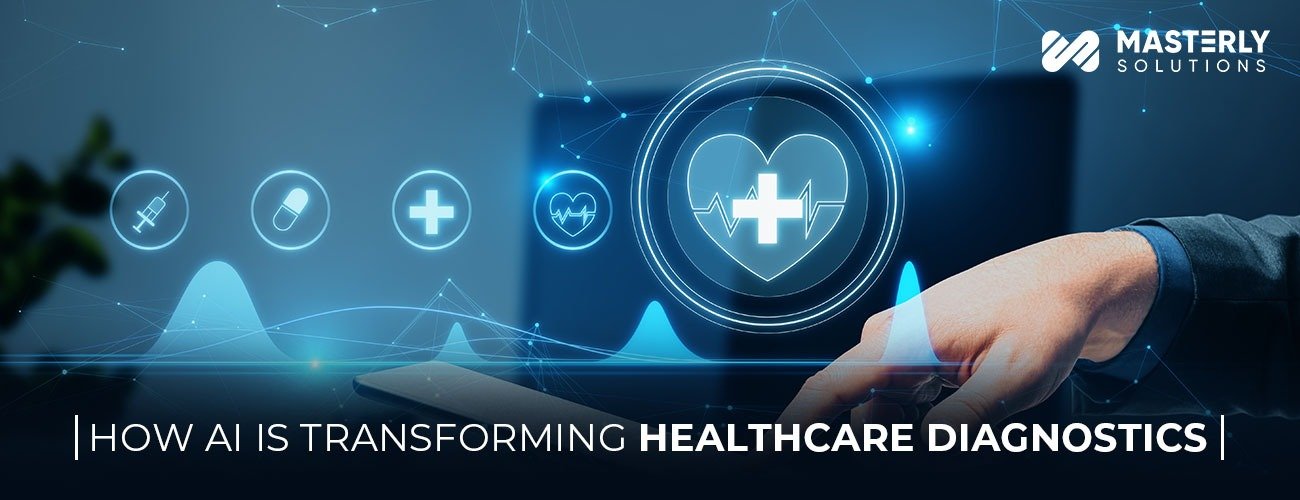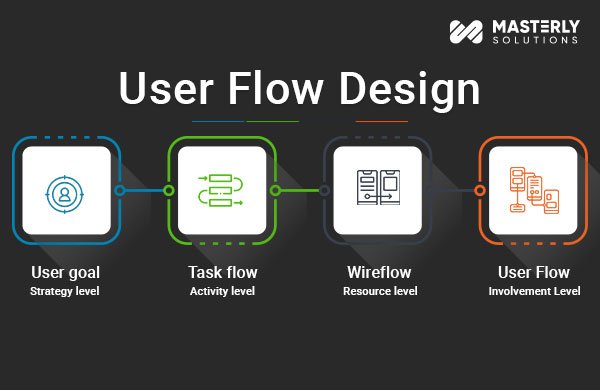
In the dynamic world of healthcare, the precision and speed of diagnostics are pivotal. The advent of Artificial Intelligence (AI) has ushered in a new era of medical innovation, transforming the landscape of healthcare diagnostics. With its ability to analyze vast data sets and recognize patterns beyond human capability, AI is not just an addition to the diagnostic process; it’s a revolutionary leap forward.
Table of Contents
The Emergence of AI in Healthcare
AI’s integration into healthcare diagnostics is a product of necessity and innovation. Traditional diagnostic methods, while effective, often face challenges like human error and time constraints. AI, with its roots in complex algorithms and data analysis, offers solutions that are both rapid and reliable. Technologies like machine learning and neural networks have become crucial in deciphering intricate medical data, making diagnostics more accurate and less invasive.
AI-Driven Diagnostic Tools
The implementation of AI in diagnostics is diverse. In radiology, for example, AI algorithms interpret imaging results, identifying abnormalities with precision that rivals seasoned radiologists. In pathology, AI assists in analyzing tissue samples, detecting subtleties that may be missed by the human eye. These tools don’t replace medical professionals but enhance their ability to diagnose accurately and efficiently.
Benefits of AI in Healthcare Diagnostics
The incorporation of AI into healthcare diagnostics brings numerous benefits. It offers unparalleled accuracy, reducing the likelihood of diagnostic errors. AI’s ability to quickly process and analyze large volumes of data leads to faster diagnosis, crucial in time-sensitive medical situations. Moreover, AI enables personalized medicine, tailoring diagnostics and treatments to individual genetic profiles.
Challenges and Considerations
Despite its benefits, AI in healthcare diagnostics is not without challenges. Data privacy and security are paramount, given the sensitive nature of medical data. Ethical considerations, such as the potential for AI to perpetuate biases present in training data, must be rigorously addressed. Additionally, integrating AI into existing healthcare systems poses logistical and financial challenges.
Future Trends and Predictions
The future of AI in healthcare diagnostics is as promising as it is dynamic. Emerging technologies, such as AI in genomic sequencing, are paving the way for even more personalized and precise healthcare. The ongoing development of AI technologies promises not only enhanced diagnostic tools but also a paradigm shift in how we approach healthcare and patient treatment.
Conclusion
AI’s role in transforming healthcare diagnostics is undeniable. It brings a level of precision, efficiency, and personalization previously unattainable, fundamentally changing how we diagnose and treat illnesses. As we continue to navigate its potential and challenges, AI stands as a beacon of innovation, guiding us towards a more advanced and effective healthcare system.


